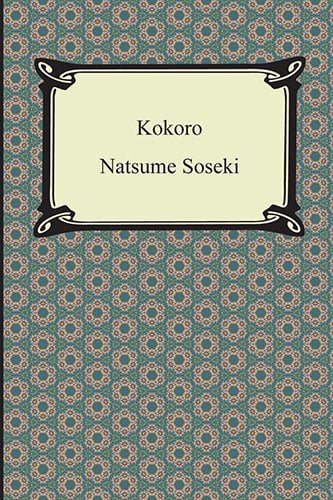If reading is in your blood, and you highly admire Japanese culture, I welcome you to read one of the following great classics of Japanese literature.
The nation of Japan has a long and storied literary history going back more than thousand years, changing as the culture of Japan grew and flourished on the island nation.
A lot of modern readers do not know the depths of this artistic tradition. It is the source of completely different stories and mythology, as well as a whole new look at a complex culture with its own unique take on the world.
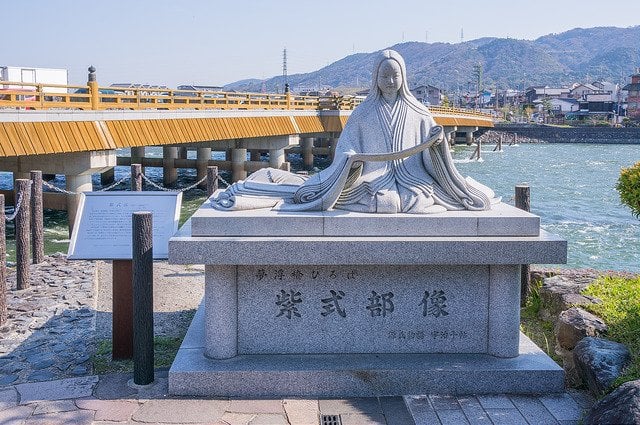
Many aspects of modern manga and anime draw upon this literary tradition. Some draw upon the themes, while others draw more directly from these books, using names, characters, and plots.
If you want to better understand where your favorite manage or anime is coming from, take a look at works of classical Japanese literature. They also offer a new source for inspiration for your own artistic works, whether that is writing or art.
Japanese history is divided into certain periods, marked by dynastic and/or cultural shifts. All works of art demonstrate notable differences depending on the period of their production.
As always with these sorts of classifications, there is a lot of scholarly debate on this topic, but it can serve as a good point of reference for a normal reader who might want to find other works from the same period of time.
Stumped for a place to start? Here are some of the best works of classical Japanese literature:
1) The Tale of Genji
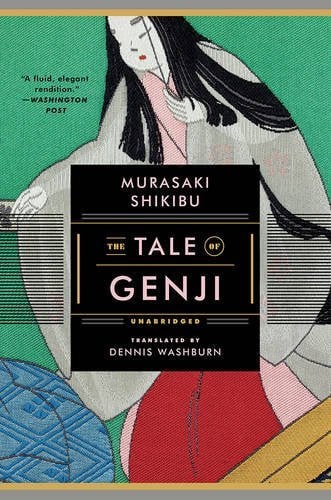
“The Tale of Genji” is sometimes referred to as the world’s first novel. It was written by the lady-in-waiting Murasaki Shibuki sometime in the early 11th century A.D. during what is referred to as the Heian period. It is widely-read Japanese classic, studied by Japanese students much as English-speaking students study Beowulf.
The novel focuses on the political and personal drama surrounding the titular Genji, who is the son of an ancient Japanese Emperor and a low-ranking concubine.
It is notably a romance, and its focus is on Genji’s love life, complete with untimely deaths, forbidden love, inconveniently illegitimate children, and forbidden love affairs.
It is a rather oddly structured and winding tale, with a lot of relying on cultural context. It provides a lot of insight into the lives of ancient Japanese nobility. Interested readers should pick up a translation with copious notes. There are also multiple manga adaptations.
In addition, if you like the novel and become fan of it, don’t forget to visit The Tale of Genji Museum located in Uji, Kyoto Prefecture.
2) Takekurabe
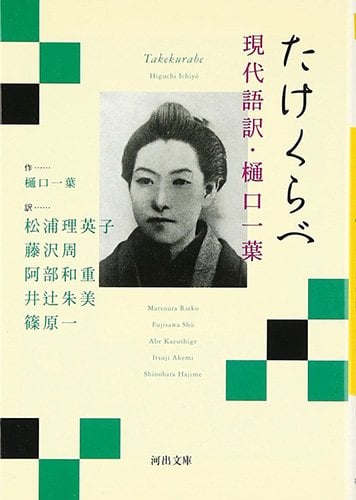
Takekurabe (translation: ‘Child’s Play’) is a coming-of-age novella written by Higuchi Ichiyō in 1896. The book has had multiple film adaptations that have been released in both Japanese and English.
We follow the main characters as they grow up from childhood days living in Yoshiwara, the only district in Tokyo (then called Edo) that allowed prostitution.
They end up following the profession of their parents, losing much of their youthful freedom and dreams. It is not a joyful tale, but rather a difficult story about difficult ways of life.
The novella is quite short and its English translation is only found in collections. The author was fairly prolific and influential, so these collections can be highly informative for readers curious about the history and culture of the period and area.
3) The Temple of the Golden Pavilion
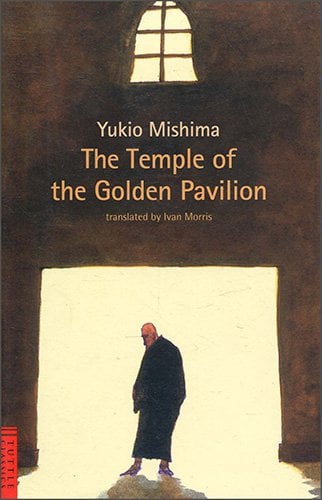
This is a more recent novel, written in 1956 by Yukio Mishima. The novel focuses on the historical burning of the Golden Pavilion on Kinkaku-ji (a Zen temple) in Kyoto by a Buddhist acolyte in 1950, six years before the novel’s publication. The Golden Pavilion was rebuilt in 1955 so the novel was particularly timely.
The novel is told from the point of view of the young man who committed the arson, who—in the novel—is obsessed with beauty and afflicted with an increasing desire to destroy it.
We join him from the time of his childhood, through a multitude of tragedies, and through the mental collapse that culminates in arson and attempted suicide. This book is an interesting look at wartime and post-war Japan, particularly from a native religious perspective.
4) Taketori Monogatari (Tale of the Bamboo Cutter)
This work is considered the oldest surviving Japanese narrative, though the oldest manuscript on record dates to 1592. It is chocked full of Japanese folklore and myth.
The story is mostly about the life of a girl who was found as a baby inside the stalk of a bamboo plant. This is a fairytale.
Many of the events in it are deeply embedded in Japan to this day, such as the name of Mount Fuji, which derives from this tale.
You often find this tale sold in a collection, or in illustrated version, as it is quite short and is a key part of Japanese folklore.
5) Konjaku Monogatarishū
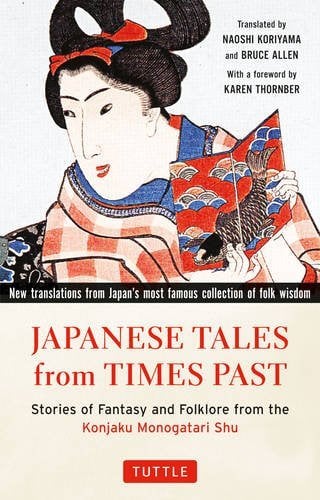
“Konjaku Monogatari Shu” is a large collection of stories that was written during the late Heian period (794-1185 A.D.).
It originally consisted of 31 volumes, though only 28 remain today. The stories are divided by their region of origin, including India and China. Most are stories drawn from both Buddhist and secular folklore.
It has little to do with Japanese Shintoism, though there are supernatural elements in the form of oni and tengu. There is a fair amount of similarity to Aesop’s Fables, in that the stories are about morals and there is a lot of use of anthropomorphized animals.
6) I am a Cat
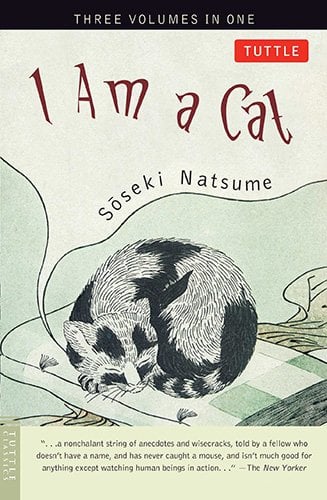
This is satire novel, written in 1906 by Natusme Soseki about life in Meiji period (1868-1912). The novel addresses the period’s strange, uneasy mix of Western and Japanese culture quite extensively.
The chapters can stand on their own, as they were originally released in a serialized form.
Everything is written from the point of view of a family’s arrogant pet cat. It has been adapted into several film versions, included an anime one.
It is a very comic look at a very strange period of Japanese history and normal human follies. Buy this book here.
7) The Woman in the Dunes
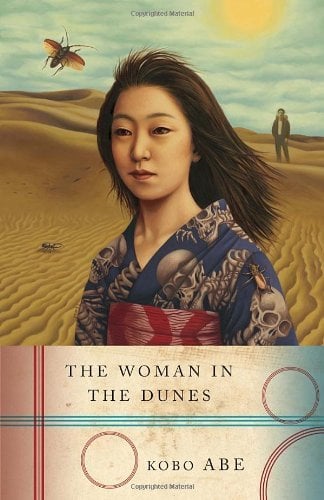
“The Woman in The Dunes” is a strange tale, part psychological drama and part horror story, written by Kōbō Abe in 1962.
The story is about a neurotic amateur etymologist who becomes trapped in a hole in the dunes with a woman and they must labor constantly to keep the sand from filling in their hole.
It is a weirdly beautiful novel, possibly the only book you will ever read where the narrator waxes philosophical about sand. The senses of isolation and claustrophobia is intense. This is a very unusual book and definitely worth a patient read.
8) The Makioka Sisters

This was originally written as a serialized work by Jun’ichirō Tanizaki from 1943 to 1948. It is a tale of a wealthy family and their attempts to find a husband for the family’s third daughter.
It offers an intriguing look at a swiftly changing Japan that is haunted by the coming war (World War II is about to start).
The novel is often tragic, with prominent themes of decline and decay. The distant past is heavily idealized and the family persistently tries to retain a connection to it.
This is an interesting novel about the period before what we know as modern Japan arose. If you want to collect this classic book, please visit this page.
9) Snow Country
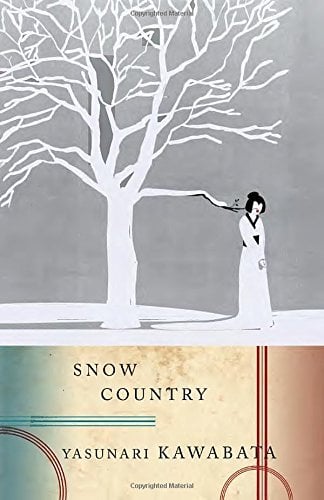
This novel by Yasunari Kawabata was published in 1948, though it was serialized from 1935-1937.
It chronicles the love affair between a well-to-do married Tokyo gentleman and a countryside geisha in a remote town. It is regarded as masterpiece and won the Nobel Prize for Literature in 1968.
Strange and with its own sort of tragedy, pick it up for a great read. Once you start reading the book, it will be hard for you to put it down. Indeed, this is one of my favorite novels that I want to read over and over again.
10) Kokoro
Written by Natsume Sōseki in 1914 in a serialized form, this novel chronicles the friendship between a young man and his teacher during the transition from the Meiji period to the modern era.
It is a novel of isolation and the difficulty of changing times. It is a complex tale with many interpretations. Read it for an interesting and deeply personal look at the way Japan shifted during the earlier part of the 20th century.
These are the 10 great classics of Japanese literature that everyone needs to read in their lifetime, especially the ones who are interested in Japanese culture and old traditions. Thanks for reading.


